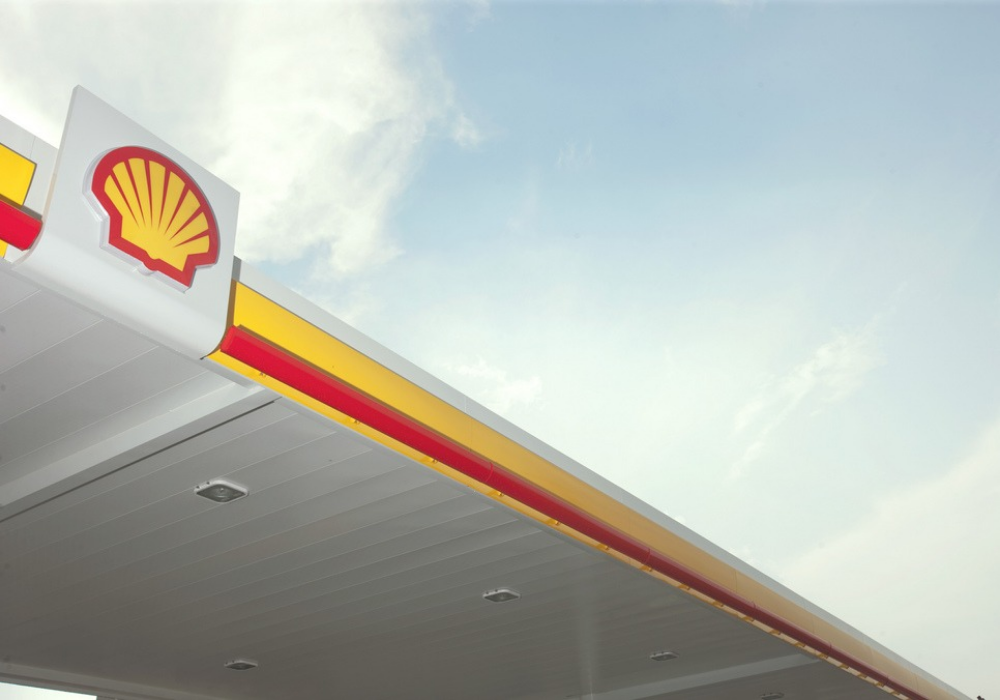
Global demand for liquefied natural gas (LNG) will double to 700 million tonnes (Mt) by 2040, with the increase driven by Asian markets, according to Royal Dutch Shell.
LNG has grown in popularity within the industry in recent years — providing a lower-carbon alternative to coal in electricity generation as energy firms seek to reduce their carbon footprints amid growing climate pressure.
The Anglo-Dutch oil major said demand for LNG in 2019 grew by 12.5% to 359 Mt, with a record 40 Mt of additional supply coming online during the year.
Shell director for integrated gas and new energies Maarten Wetselaar said: “Record supply investments will meet people’s growing need for the most flexible and cleanest-burning fossil fuel.
“While we see weak market conditions today due to record new supply coming in, two successive mild winters and the coronavirus situation, we expect equilibrium to return — driven by a combination of continued demand growth and reduction in new supply coming on-stream until the mid-2020s.”
Global LNG demand boosted by coal-to-gas switching
Coal-to-gas switching in Europe contributed to the majority of supply growth, with imports replacing declining domestic production and lower gas imports from pipelines.
The International Energy Agency recently attributed a stabilisation in global carbon dioxide (CO2) emission levels largely to the transition from coal to gas across the industry — as well as higher nuclear power generation and the growth of renewables.
In Asia, there was only “modest” growth in LNG imports during the year, dampened by mild weather and higher nuclear generation in Japan and South Korea — two key markets for the commodity.
Imports in China increased by 14% in 2019, as part of efforts to increase air quality by reducing pollution caused by power generation.
Asia is forecast to be the most important region for LNG demand growth over the next two decades, with gas poised to play a “significant role” in shaping its transition to a lower-carbon energy system.
Shell believes South and South-East Asia, in particular, will account for more than half of new demand for the fuel over this period.
Despite this confidence in the long-term outlook for LNG, the company cautioned that near-term supply growth is expected to slow while the last in a series of new projects under construction move towards completion next year.
Oil majors backing LNG to fuel energy transition
Oil and gas majors have put a lot of weight behind natural gas as a “transitional” fuel capable of sustaining the industry during this period of decarbonisation and clean energy switching.
In the US, the world’s biggest producer of natural gas, prices of the commodity are at their lowest level for years as a result of record production levels.
Shell claims the fuel emits roughly half the amount of greenhouse gas emissions that coal does, and less than one-tenth of the air pollutants, during electricity generation.
Critics, however, warn that simply replacing one fossil fuel in coal with another, slightly less carbon-heavy counterpart, is not sufficient action to combat climate change.
They point specifically to the high methane content of natural gas, the second-biggest contributor to global warming after carbon dioxide, which enters the atmosphere during oil and gas extraction and distribution through leaks, as well as flaring and venting practices.






